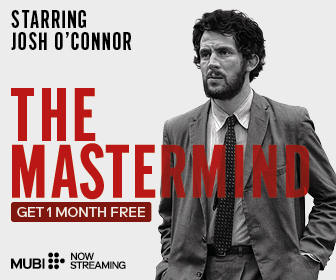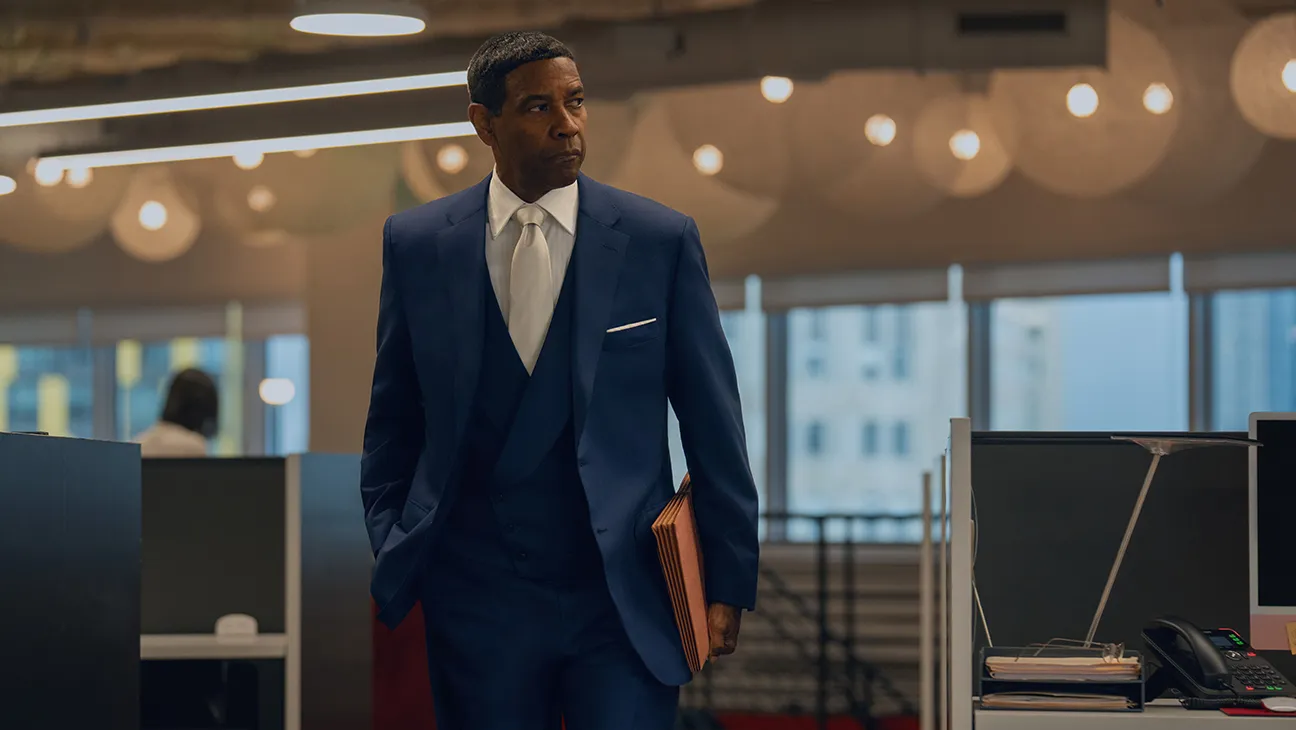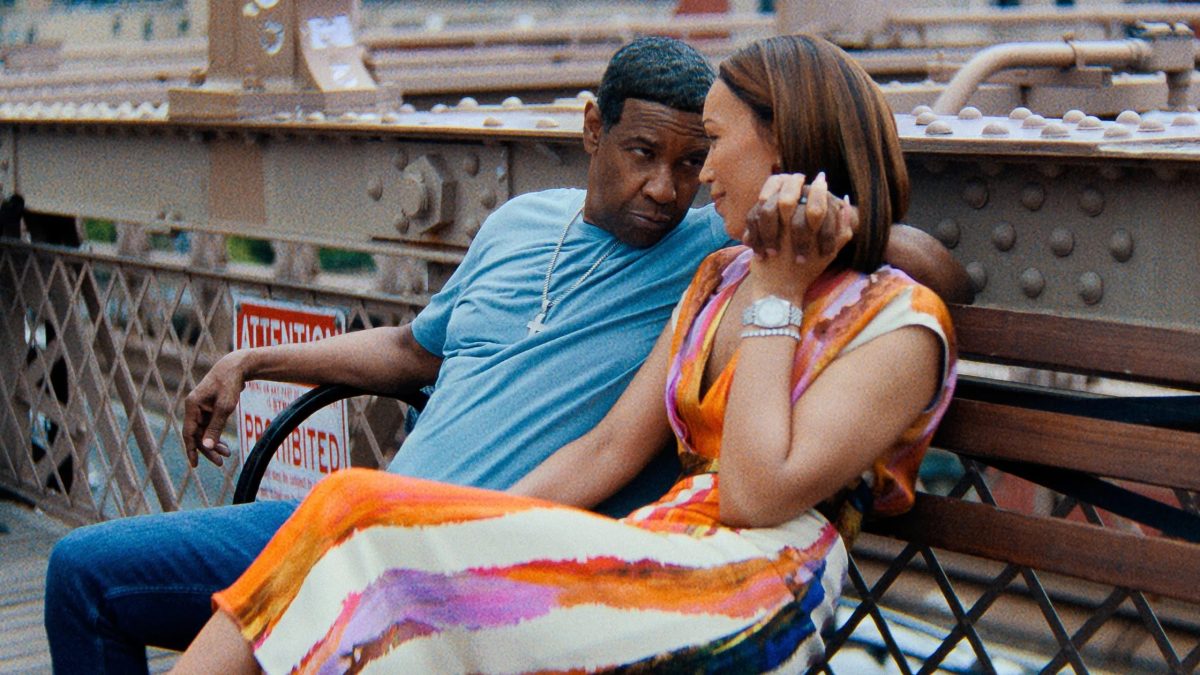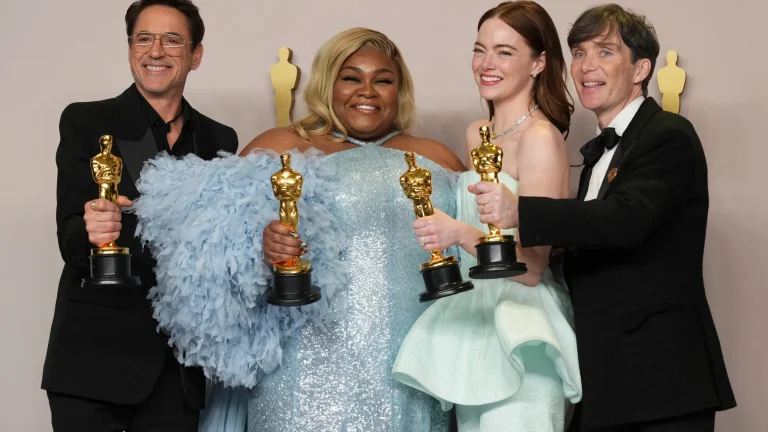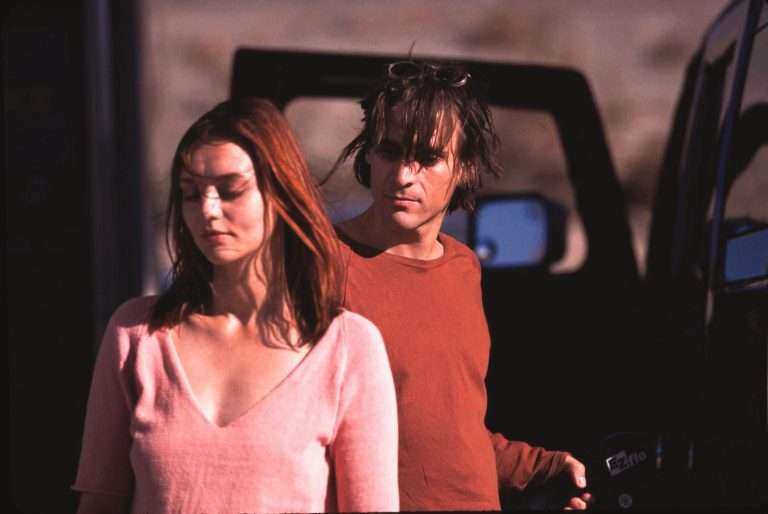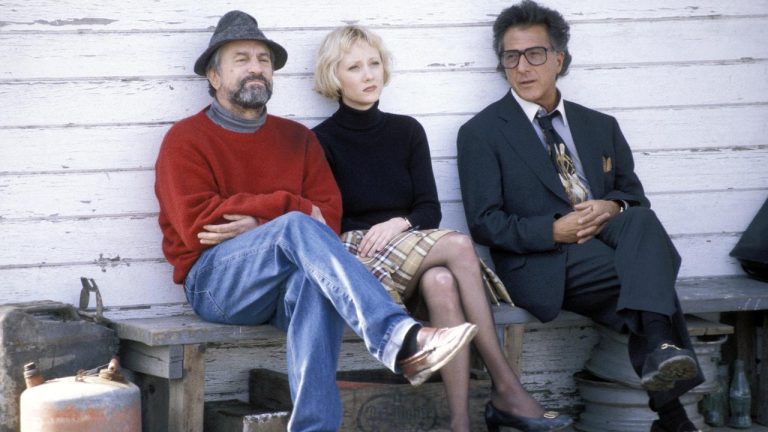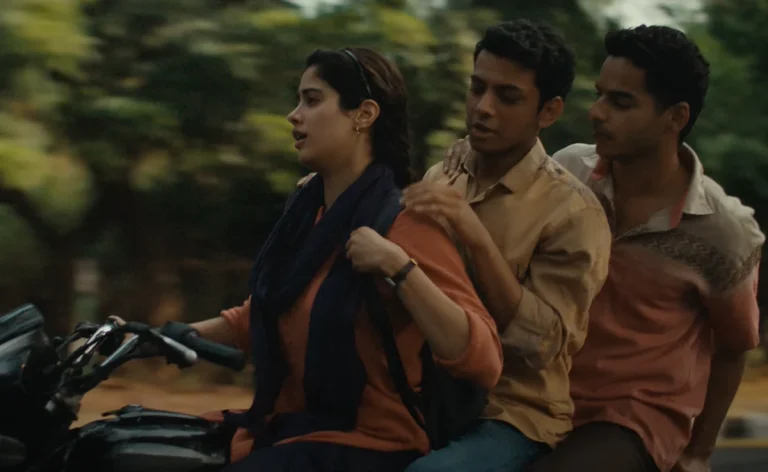In Spike Lee’s Highest 2 Lowest, music doesn’t simply play in the background — it becomes the story’s unspoken argument. A jazz horn drifting through a penthouse, a gospel choir breaking over a boardroom, a bass-heavy drill track shaking the walls of a cramped apartment — each sound tells us where we are, who holds the power, and who is struggling to be heard. Lee doesn’t just set Highest 2 Lowest in high towers and low streets; he scores those spaces with competing soundtracks, making privilege audible long before a word is spoken.
Music as Class Division
When we first see Washington’s character in his element, he is surrounded by polished sound. Jazz plays softly, measured and deliberate, a kind of sonic armor that signals discipline and control. It’s the soundtrack of wealth — music that has already been accepted, canonized, and preserved as “high art.” Down below, in the scenes where the kidnappers plot their moves, the music changes. The bass drops are rough, uneven, restless. Trap and drill beats echo with the energy of lives that can’t afford refinement. In Lee’s hands, genre itself becomes a dividing line: one belongs in concert halls, the other in police files.
Scenes Where Sound Speaks Louder than Words
The differences come alive in key sequences. In a boardroom meeting, Washington negotiates a deal while Coltrane plays in the background, his saxophone lines as smooth as the language of contracts and money. Later, in the kidnapper’s hideout, jagged beats rattle the walls — no polish, no harmony, only raw urgency. Even silence is weaponized. In moments where business decisions decide millions, the soundtrack cuts away completely, as if wealth exists in a vacuum where the world’s noise cannot intrude. When lives are at stake, the music comes roaring back in, reminding us that those “low” on the ladder cannot escape sound, chaos, or consequence.
Generational Clash: Whose Music Matters?
The film also stages a conflict between generations. Older characters lean on gospel and jazz, the “respectable” cornerstones of Black music that critics and institutions have elevated. Younger voices carry rap and trap, unpolished and disruptive, but undeniably alive. To the elders, these newer sounds feel threatening, undisciplined. To the youth, they are the only honest expression left. This is not just a matter of taste — it’s a fight for cultural legitimacy. Highest 2 Lowest asks a quiet but piercing question: whose music gets remembered as art, and whose music gets written off as noise?
Music as Authenticity Ransom
The kidnapping at the film’s core echoes into the soundtrack. Just as a ransom is demanded for a child’s life, authenticity itself is held hostage in the music industry. Raw beats and street-born sounds are valuable, but only once polished, rebranded, and sold. The mogul at the film’s center profits from music that started in the streets, while dismissing the very voices that created it. The ransom, then, is not just financial — it is cultural. Lee suggests that Black art has always been kidnapped, stripped down, and resold, often by those at the very top.
The Blanchard Factor
Terence Blanchard’s score gives the film its anchor. His jazz orchestrations have long been part of Lee’s cinematic world, and here they lend weight and tradition to Washington’s character. But Blanchard’s careful arrangements don’t dominate; they collide with the jagged trap inserts, refusing to smooth the contrast. The result is not harmony but friction. Lee and Blanchard make the soundtrack itself a battlefield, where class divisions refuse to resolve into a single melody.
Why It Matters Beyond the Film
The argument doesn’t end with the closing credits. In real life, music has always been a marker of privilege. Who gets access to conservatories, and who records in basements? Which genres get funded and preserved, and which are labeled criminal or dangerous? The world, like Lee’s film, is scored along lines of class and culture. To hear Highest 2 Lowest is to realize that sound can be just as stratified as income, housing, or education.
By the end, Highest 2 Lowest shows us a world divided not only by money but by music. Jazz, gospel, rap, trap, and silence — each becomes a kind of sermon, preaching about who belongs where. Lee reminds us that privilege has a soundtrack, and it plays in ways we can no longer afford to ignore.

